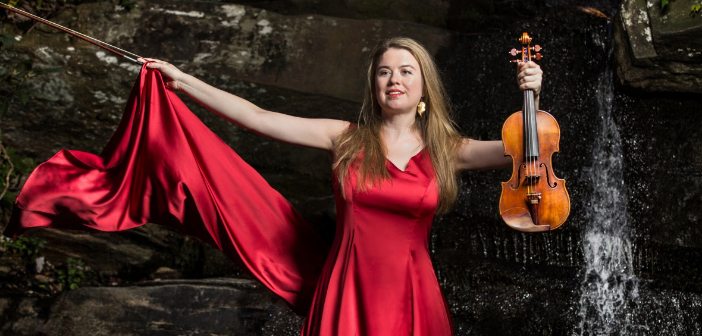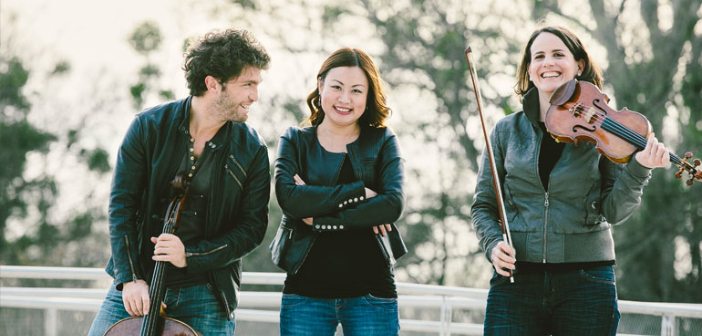Probably the most famous Hungarian pianist not named Franz, Pozsony’s Ernő Dohnányi would carve out a prolific career full of virtuosic renown and panache. The young Dohnanyi entered the Budapest conservatory at seventeen to study piano and composition with a student of Liszt and a disciple of Brahms before making his debut a year later. His transcendent keyboard skills would quickly garner him renown in the music world with an elderly Brahms organizing the Vienna Premiere of Dohnányi’s Piano Quintet Opus No. 1.
After the conservatory Dohnányi would be greeted with rapturous crowds, almost on par with Liszt’s famously riotous and lascivious concerts, particularly for his astonishing performance of Beethoven’s Piano Concerto No. 4 before transitioning to a patronage of national Hungarian arts. Among those championed by Dohnányi were Bartók, and Kodály. Dohnányi was also instrumental in the education of legendary pianist Gyogy Cziffra.
Yet, Dohnányi’s career would stagnate during World War Two as his defiance to Nazi rule of Hungary led to his resignation and departure to Austria. Dohnányi’s attempts to protect Jewish musicians also failed. After the war, his reputation was tarnished and a cabal prevented him from continuing a music career in Europe. In his later life, he moved to the United States to teach with tenured position, a welcome change from the turbulence of Europe.
Of style, Dohnányi is often said to be a mixture of Liszt and Brahms, trends that have roots to his earliest musical training. The piano music is notoriously virtuosic and technically demanding while the orchestral and chamber works follow the grand Germanic Classical structures.
The Hungarian government would posthumously bestow on Dohnányi the highest civilian honour of the Kossuth Prize.













